The Beginning of Flood Resiliency in Suisun City
By Alex Lunine, Resilient Communities Program Manager
Over the past two years, Sustainable Solano has focused on spreading awareness of the dire need for climate resilience in Suisun City, making education regarding flooding accessible for the city’s residents. Generously funded by PG&E through the Better Together Resilient Communities, Sustainable Solano’s Resilient Neighborhoods program installed two flood-resilient gardens in Suisun, kicked off a now annual climate event in the city, led a high school internship program, taken residents on a dozen Flood Walk tours, and empowered the community to tackle flooding via the creation of a community-based action plan.
Starting in 2021, we shared information from the Adapting to Rising Tides report published by the Bay Conservation and Development Commission to spread scientific literacy regarding climate change and its impacts on Suisun. We connected with hydrology and permaculture experts Anne Freiwald and Lydia Neilsen of Vital Cycles to conduct a walkaround consultation of downtown Suisun and surrounding neighborhoods. Their expertise was instrumental in our own understanding of Suisun’s baseline flood resilience and informed our educational efforts. This expert information was used to create our Flood Walk program, where we would lead groups of curious Suisun residents and others from around Solano County interested in flood risk on a tour of flood-vulnerable areas near the Suisun Marina and downtown. We furthered our outreach efforts via the flood-resilient garden workshops and installations, offering opportunities for individual resiliency actions in addition to those at the community scale. Finally, in partnership with Suisun City, we organized and started the Suisun Climate and Environmental Festival: bringing a variety of environmental organizations together to promote true citywide community resilience.
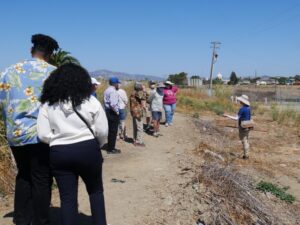
Flood Walks offered an interactive way to learn about flood risks
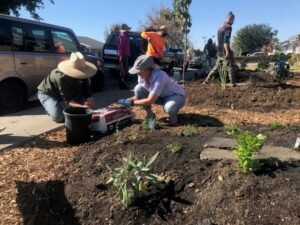
A demonstration garden showed how to capture rainwater during large storms
Climate and Environmental Festival Educational Talks
As awareness of flooding vulnerabilities became more commonplace, and with the city partnership, we proceeded into 2021 with the goal of assisting residents to funnel their thoughts, concerns and solutions into a unified and practical document. With a combination of hard work from our Core Team (a group of concerned Suisun residents and officials), Adam Welchel with The Nature Conservancy, and our high school interns, we hosted the first Community Resilience Building Workshop on the West Coast. During this event in June 2022, around 20 residents, government officials, and environmental experts participated in the formation of a grassroots community action plan primarily targeting climate change. The conversations that took place were then consolidated into a Summary of Findings Report, which we hope will serve as a blueprint for residents and officials when crafting flood resilience policies.
Finally, with the last stretch of the Resilient Neighborhoods program in Suisun under this grant funding, we refocused on sharing education regarding flooding in Suisun and the Summary of Findings Report. The goal was to continue to bring as many voices to bear on the decision-making process. Sustainable Solano continued leading Flood Walks, installed a second climate-resilient garden, and facilitated a climate resilience community forum with then-Mayor Pro Tem Alma Hernandez. This forum served as the spiritual continuation of the 2021 festival, and gave the 15 participants the opportunity to directly engage in flood-related conversations with their government. The forum also contained an expert panel with representation from the Bay Conservation and Development Commission, UC Davis, and the Fairfield-Suisun Sewer District, that was able to answer questions participants raised.
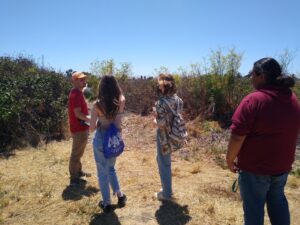
High school interns learned how to lead informative Flood Walks
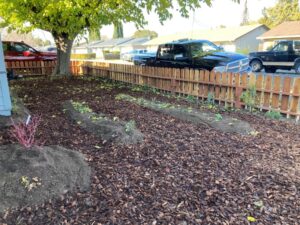
A garden installation taught about drought and flood resiliency
Climate Resilience Community Forum
While we are proud of the work SuSol has done to promote flood resilience in Suisun, we know that these past few years only represent the first step in true climate change preparedness. We hope to continue to conduct educational and community-building efforts in Suisun around flooding mitigation, and promote equitable and sustainable solutions for the city.
On behalf of Sustainable Solano, I would like to offer my deepest gratitude to PG&E and the Better Together Resilient Communities team for their guidance, patience and support in our efforts to build environmental resilience in Suisun City. Through our efforts enabled by PG&E’s backing, Sustainable Solano has helped Suisun undergo the first steps necessary to create a truly environmentally resilient community.

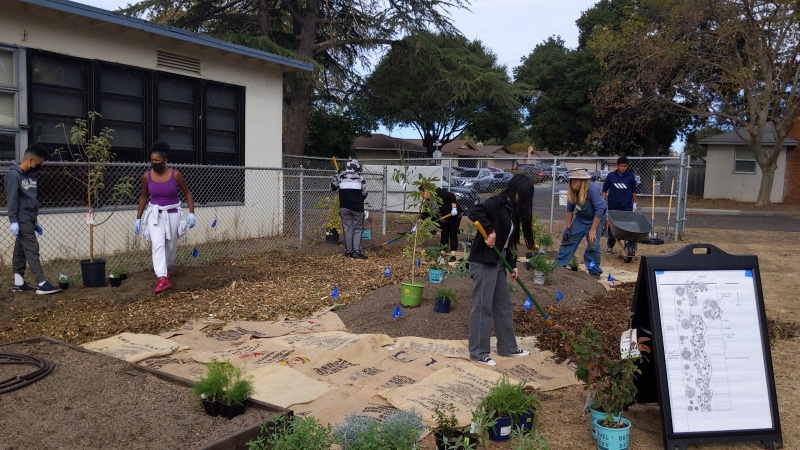
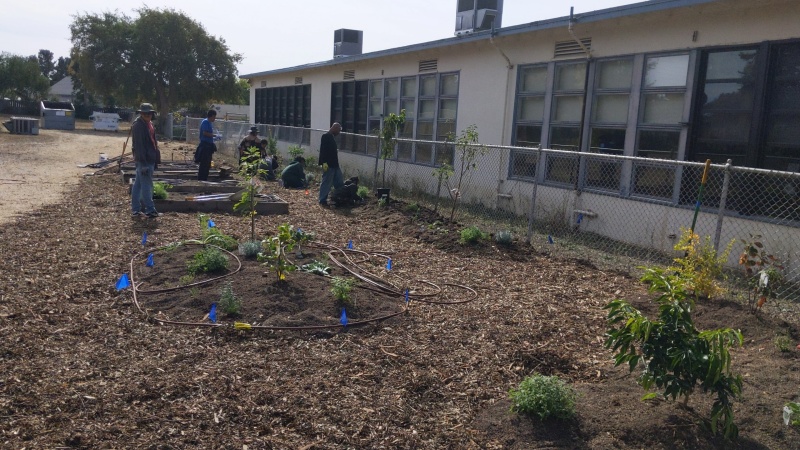
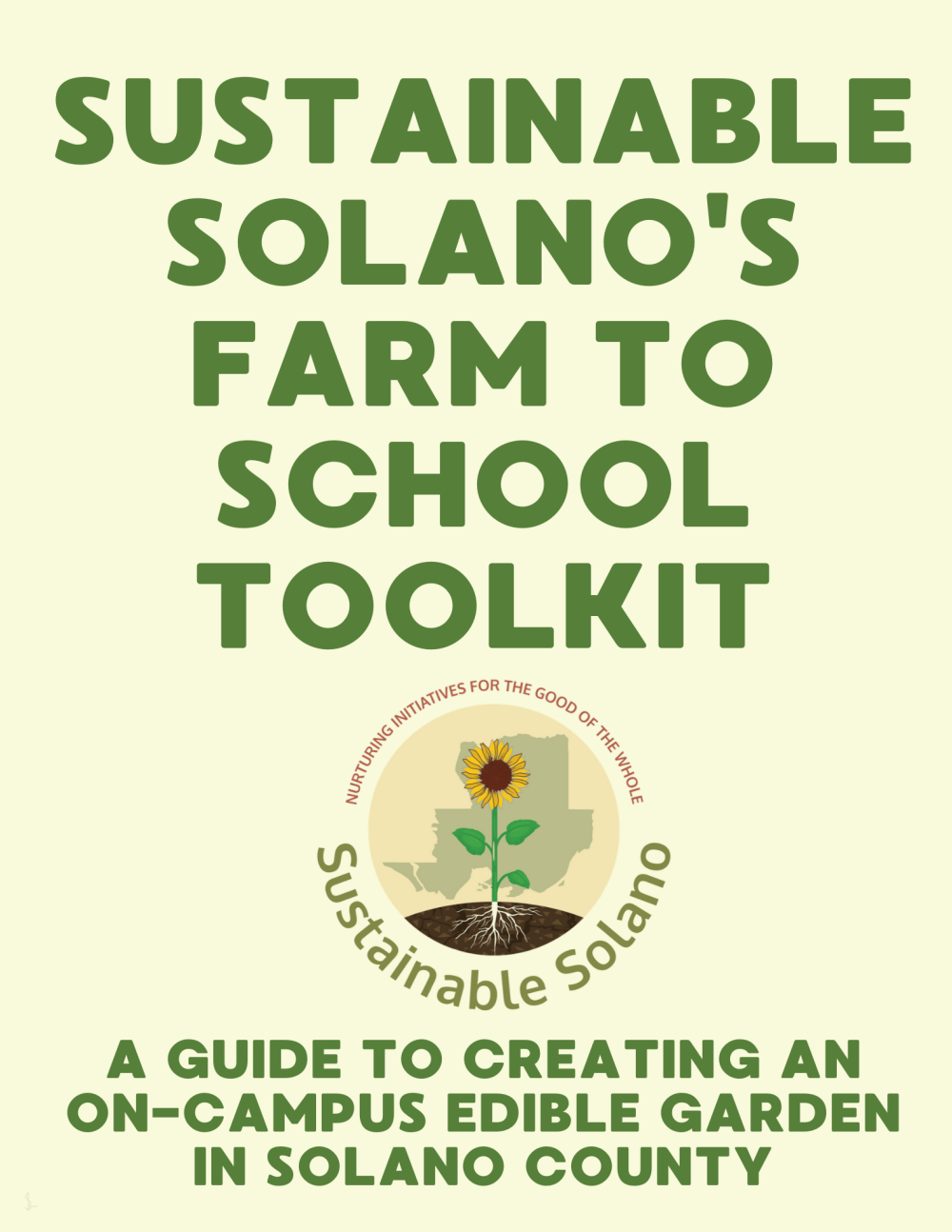
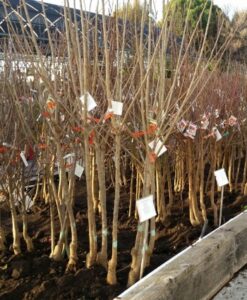
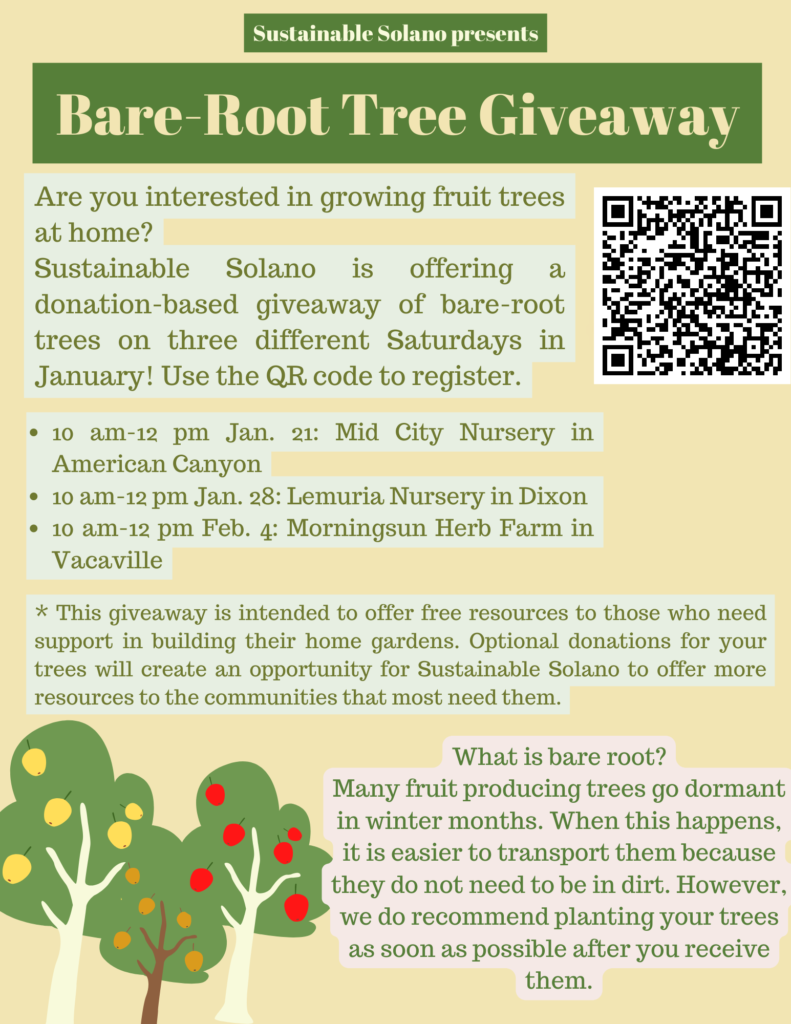
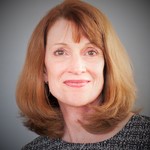 The past few years have been challenging in so many ways for most of us. Sustainable Solano’s strength and resilience under the leadership of Executive Director Elena Karoulina in the face of these challenges is remarkable. Marilyn Bardet, outgoing Board of Directors president, has played no small part in supporting Elena, the team, and the board through demanding times. Marilyn will be a hard act to follow. Fortunately, she will remain a board member, and I am confident that I can rely on her future support and nurturing mentorship.
The past few years have been challenging in so many ways for most of us. Sustainable Solano’s strength and resilience under the leadership of Executive Director Elena Karoulina in the face of these challenges is remarkable. Marilyn Bardet, outgoing Board of Directors president, has played no small part in supporting Elena, the team, and the board through demanding times. Marilyn will be a hard act to follow. Fortunately, she will remain a board member, and I am confident that I can rely on her future support and nurturing mentorship.